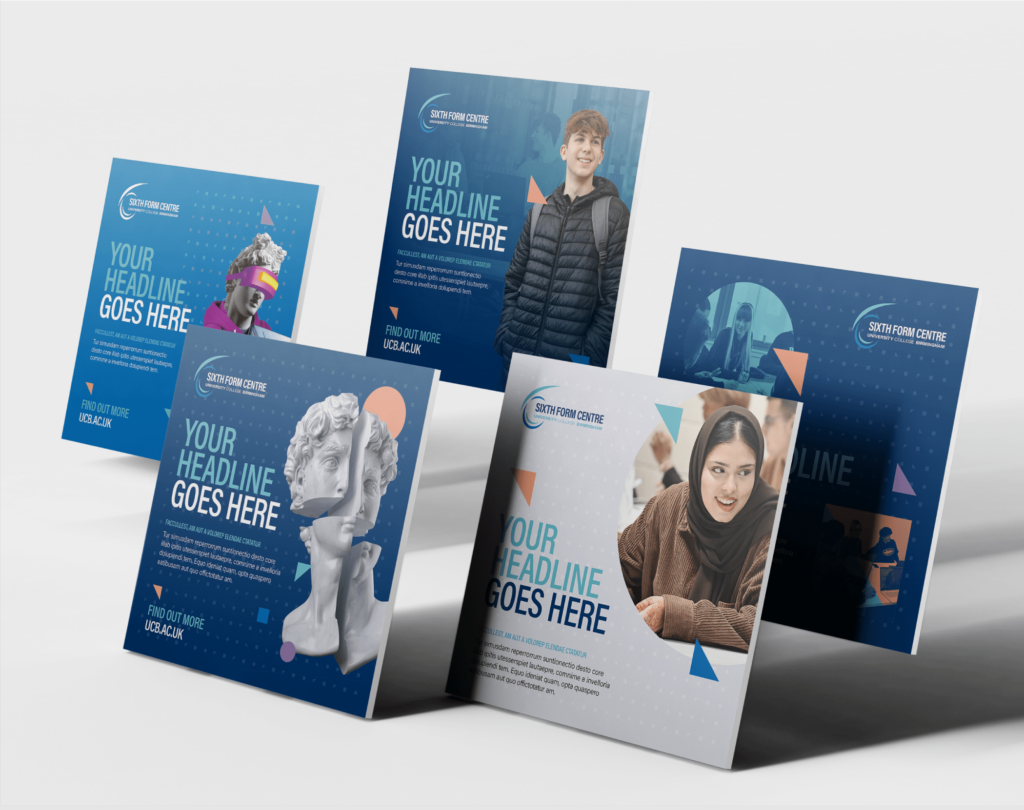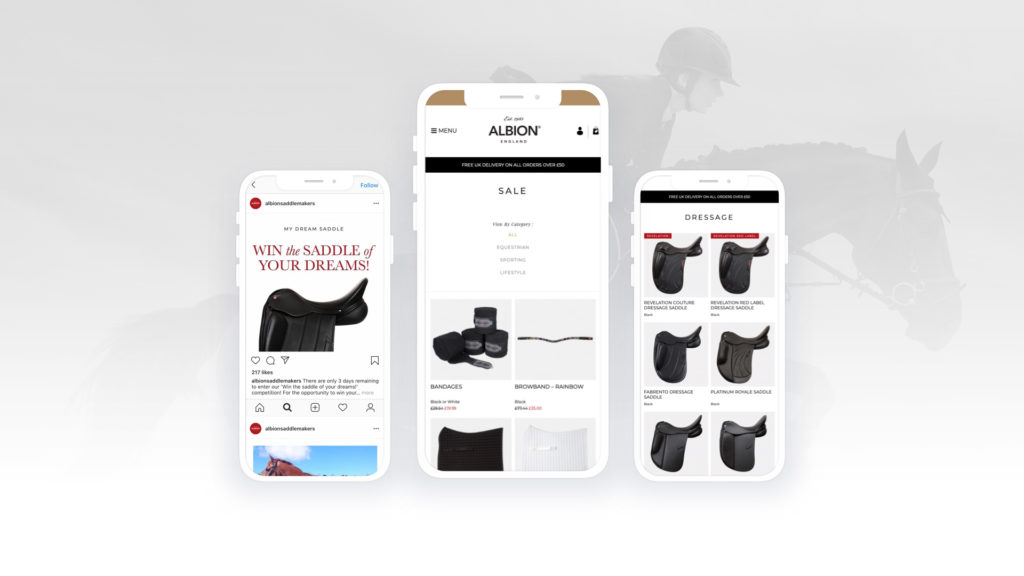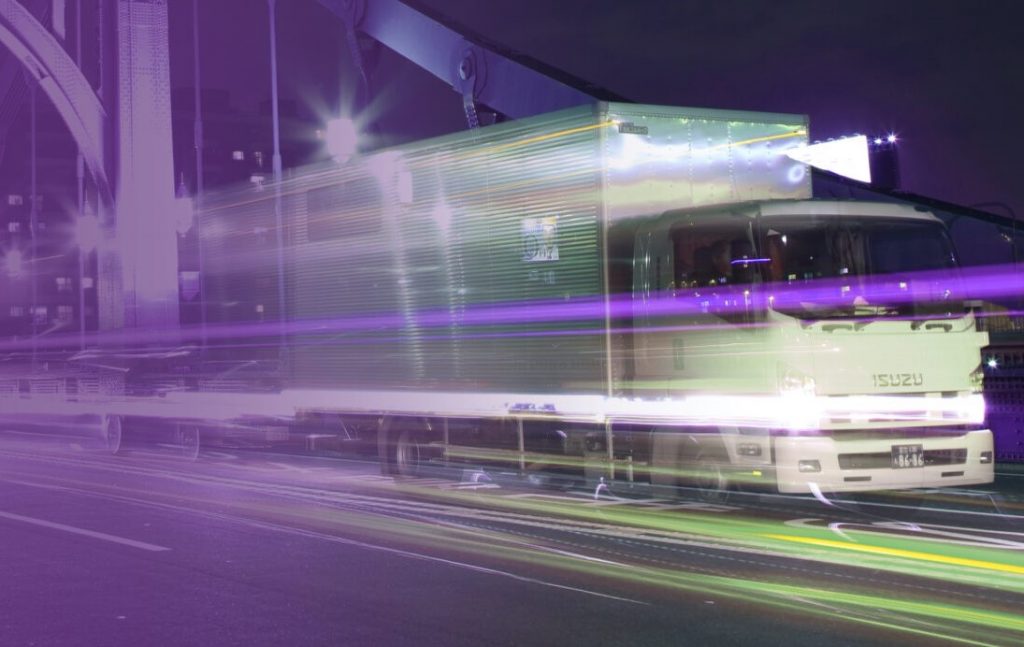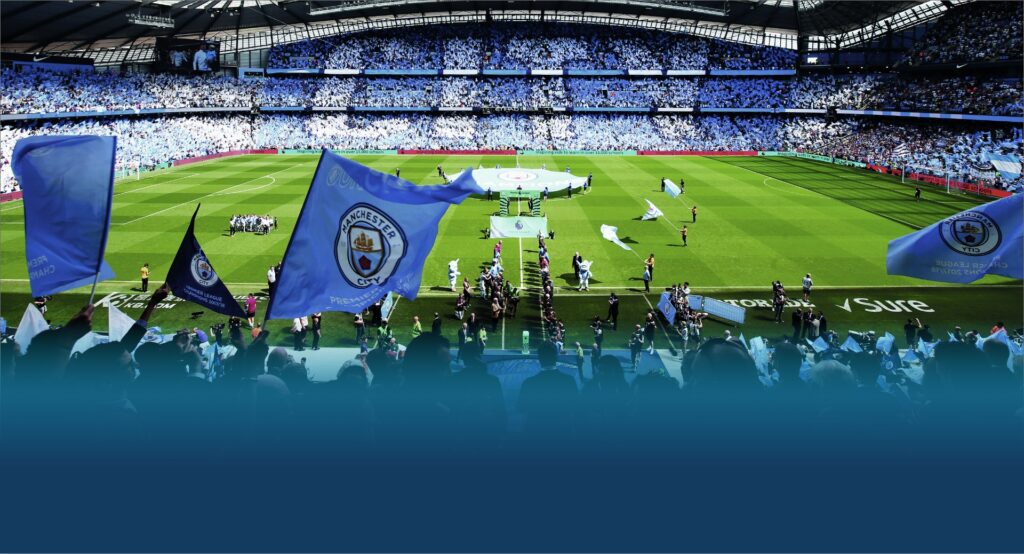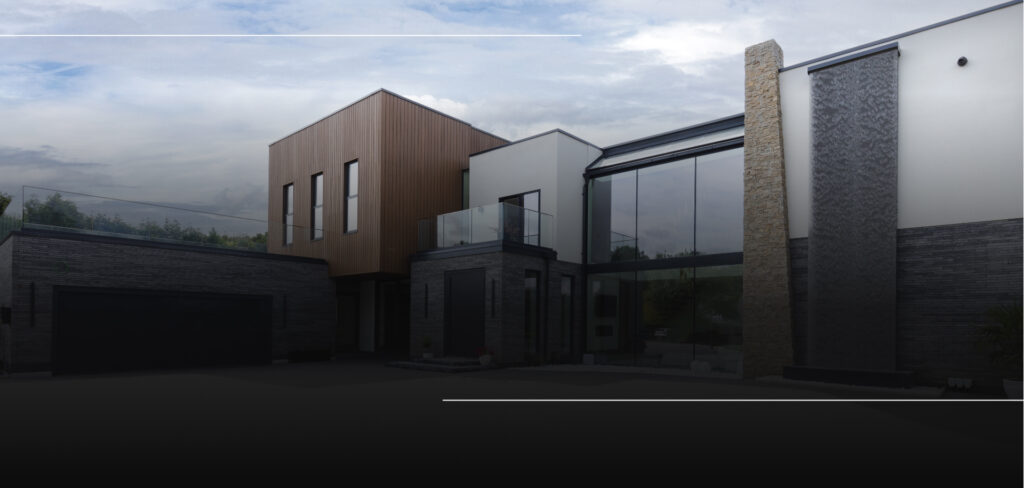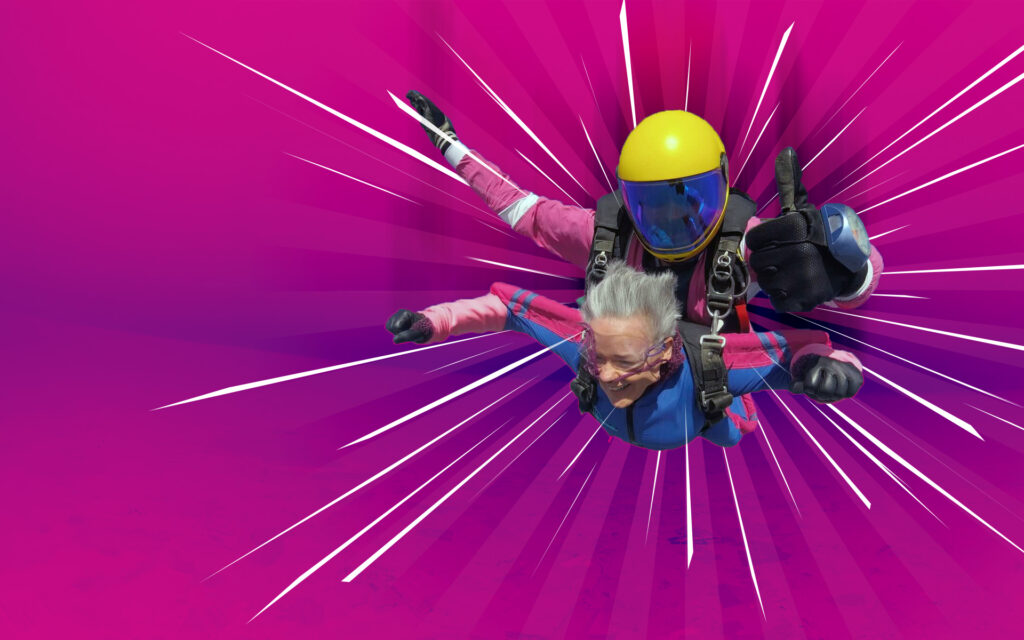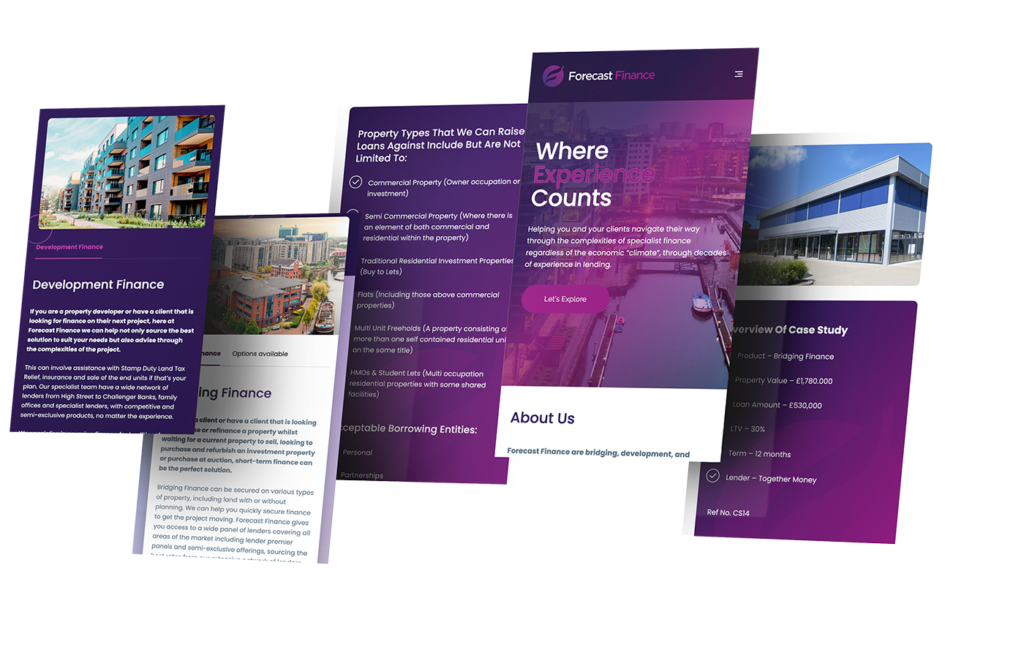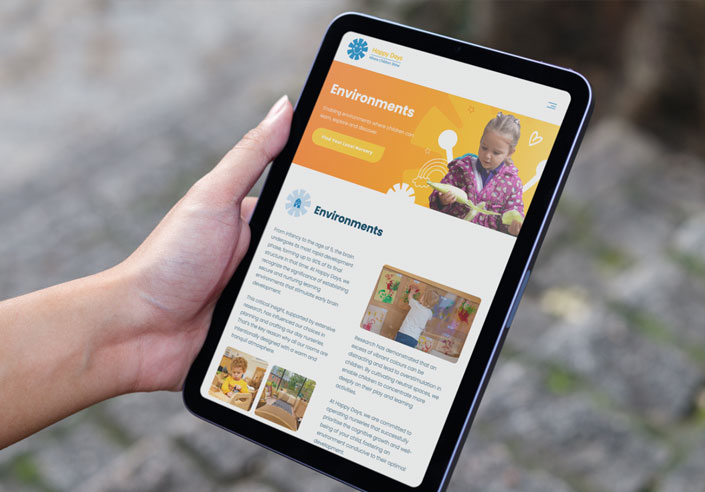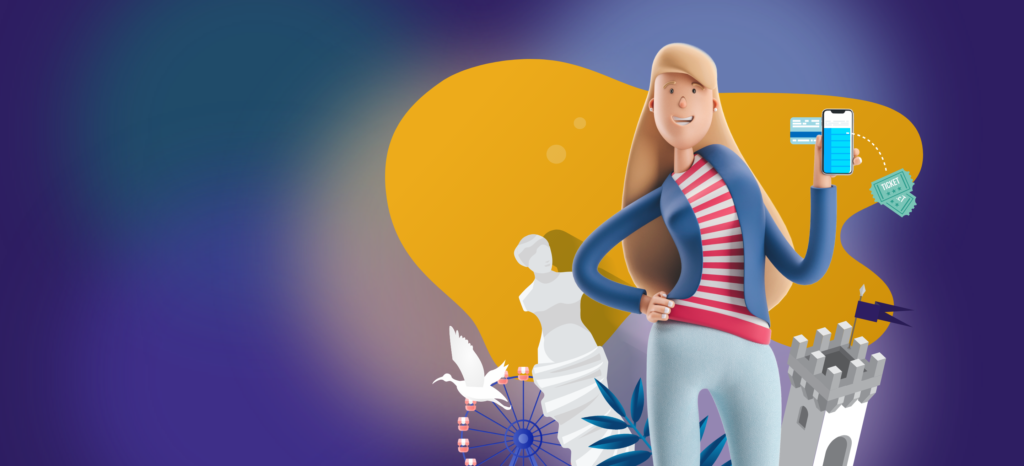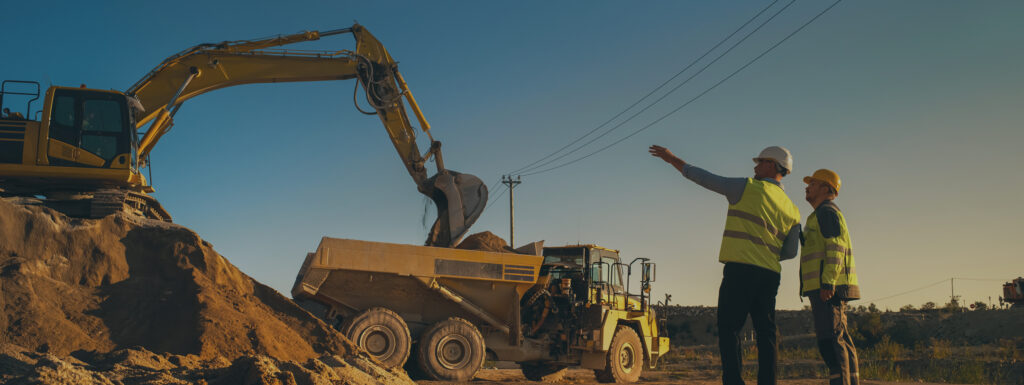Why Experiential Marketing is Making an Impact

WHAT IS EXPERIMENTAL MARKETING, AND WHY IS IT DIFFERENT?
Experiential marketing is great when it comes to creating a closer bond between the consumer and the brand. This is because a consumer can directly interact with the brand, whether this is through real-life events, competitions or workshops. This gives people the chance to feel involved with the brand, and encourages others to experience it too.
These marketing techniques can also be used alongside social media marketing to spread the word; for example, creating hashtags and Snapchat geofilters. It’s also important for brands to promote the experience or event to get people to take a look. This could be through promoting tweets, enlisting the help of influencers, or creating adverts to show the world why they should get excited about the brand.
WHO USES EXPERIMENTAL MARKETING?
A great example of recent experiential marketing techniques is from Cadbury’s, which used their “Double Decker” double-decker bus in their campaign to reach a younger demographic. By driving the bus (with a giant slide and ball pit on board) around UK university campuses, they invited students to unleash the child within. The bus was used along with new Snapchat filters to help create anticipation and excitement around Cadbury’s chocolate, especially on social media.
Another company using experiential marketing to reach its consumers is the toothpaste brand Sensodyne. They set up a “sensitivity” challenge in London, enlisting the help of YouTuber Oli White to encourage passers-by to experience Sensodyne’s effect on tooth sensitivity in a fun way for free, and take pictures with a giant tooth which they could then collect online.
They also helped create a buzz around their brand by attempting to break a World Record for the largest oral hygiene lesson, which was promoted around social media. Their use of the popular YouTube influencer Oli White sent out a shining beacon to younger generations who may not have known about Sensodyne previously.
The Sensodyne challenge and world record attempt generated 150 media mentions, giving the campaign an overall reach of 4,000,000.
Experiential marketing encourages people to share content on social media about what’s going on, helping to spread the word and promote the brand. This can help generate customer loyalty and influence purchase decisions. According to a recent survey, 98% of users feel more inclined to purchase after attending an activation.
Another example of thinking outside the box when it comes to marketing is from IKEA. In response to a Facebook page entitled “I Wanna Have A Sleepover In Ikea” with nearly 80,000 likes, IKEA granted the wish of 100 people and invited them to spend a night in an Essex branch of IKEA. IKEA also used celebrity power, with The Only Way Is Essex star Sam Faiers attending to read bedtime stories to everyone attending. This created a huge social media buzz, and they have since launched more competitions for lucky winners to stay over in their retail locations across the world.
WHY CAN EXPERIMENTAL MARKETING WORK FOR YOU?
Utilising experiential marketing can be a fantastic way to encourage consumers to give your brand a go. It can create a buzz on social media and encourage people to talk about what you’re doing, recommending you to friends and family. Experiential marketing means you can see consumers in real life and allow them to feel included, acting as ambassadors for your brand.
It’s always an exciting thing to see brands step out of the screen and into everyday life to interact with people. Consumers don’t even have to attend your event or experience to be interested in it; if it’s exciting, engaging and fun, just the idea will get people talking about your brand.



